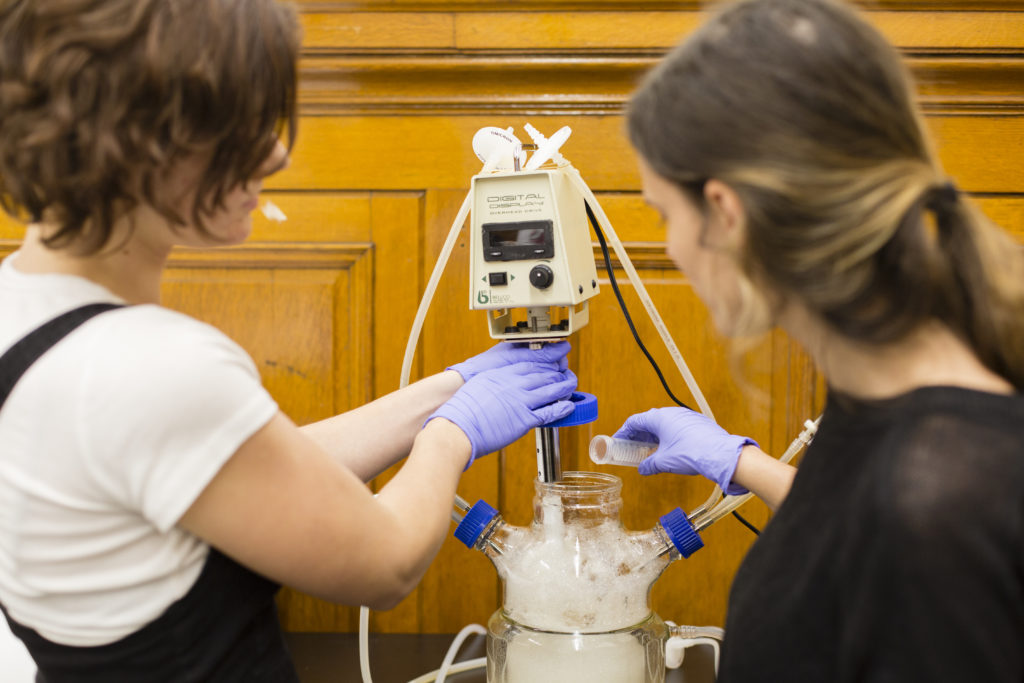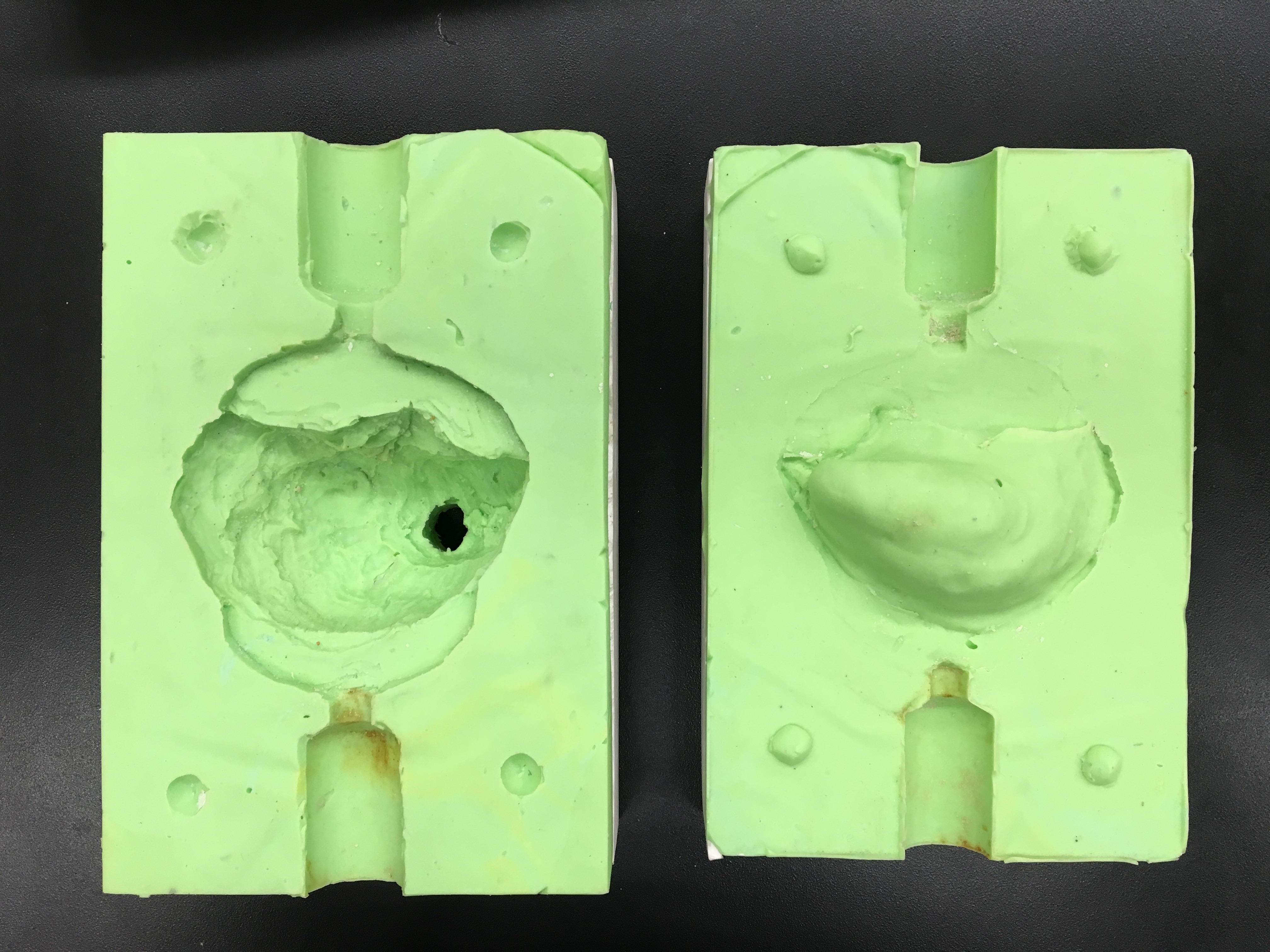Overview
Technological and cultural developments of the Modern era enabled an industrialized exploitation of nature that has created a crisis for the current generation. Simply reverting to pre-Modern practices is culturally incompatible with our current society and technologically insufficient to rehabilitate these intricate and massive ecological systems. New tools and science can help us gain a better understanding the living systems of our planet and foster a sense of humility and care that may guide us forward. More than just a resource to harvest, the living organisms around us can be our teachers and our collaborators as we work to sustain a vibrant life for all.
The oyster reefs of the Chesapeake Bay have been decimated over the past 200 years by overharvesting, disease, and pollution. Once able to filter the entire bay in merely a few days, the current oyster population is down to just one percent of its preindustrial numbers, by some estimates. Oyster restoration efforts of the past decade have shown that a positive change can be made, but limitations regarding suitable oyster substrates are a growing concern for these efforts. Recycled oyster shells are in limited supply relative to the scale needed to restore the bay, and their lack of reef-like structure limits the success of these efforts. Artificial substrates like concrete are not popular with environmentalists, oystermen, or oysters themselves. A viable material needs to be found for oyster habitat restoration.
Biocement is a new material that utilizes soil bacteria capable of biomineralization. Placed in sand and provided the right conditions, these cells can grow calcium carbonate crystals that fill gaps between the grains of sand and bind it into a cement. This material has the strength and other material properties of concrete, but without its enormous carbon footprint. A material that is biologically made from sand and calcium carbonate, the primary material of oyster shells, is an attractive possibility for habitat restoration.
Biocement has been a key area of study in MICA’s Biofabrication courses and a focus of in the research of Co-Lab instructor, Ryan Hoover. In collaboration with Dr. Matthew Gray, and oyster scientist at UMD’s Horn Point Laboratory on the Eastern Shore, biocement is being tested as an oyster habitat substrate. Further material development and testing is needed to explore materials, textures, and geometries for this use. The need for complex three-dimensional scaffold structures makes 3D printing an ideal fabrication process, and research is underway at MICA to develop tools and methods for printing biocement.
Co-Lab is an unique course model where students will work with the instructor as a collaborative team to conduct research and development on this innovative project. Students will draw upon their existing knowledge and develop new expertise regarding the creation of biocement and the development of new 3D printing platforms. They will establish a general understanding of all aspects of the project and work in specialized teams to advance specific areas of research. Existing biocementation processes will be optimized for new applications, and new sample pieces will be created for testing at the Oyster Lab. Work on the 3D printing platform will focus of methods of depositing living cells and biomineralization media, with hands-on work with all levels of hardware and software systems. In additional these technical developments, the class will also discuss the philosophical, ecological, and cultural implications of these new modes of making with and for living organisms.
Enrollment in this course is by permission only, and requires a strong understanding of biological fabrication and/or digital fabrication. Contact the instructor at rhoover@mica.edu for further information.
Course Description
Co-Lab is an experimental class bringing students and faculty together around a common research project. The course is informed by other research-based classes at MICA, but parallels structures found more commonly in university scientific research labs. The primary direction of the research is determined by the faculty leading the course, and varies each semester. Though this differs from the sort of autonomy typically afforded to students in a studio course, students are empowered as collaborators on a larger research project. Elements of the research are assigned to students individually or in small groups, aligned with the project goals and the students’ particular interests. Students work closely with the faculty leader to build a foundational understanding of the research area, determine research objectives, execute research, document process, integrate findings, and apply this new knowledge. Though closely supported by the faculty leader, students are expected to exercise agency, informed decision-making, and a personal commitment to the collaborative research project.









